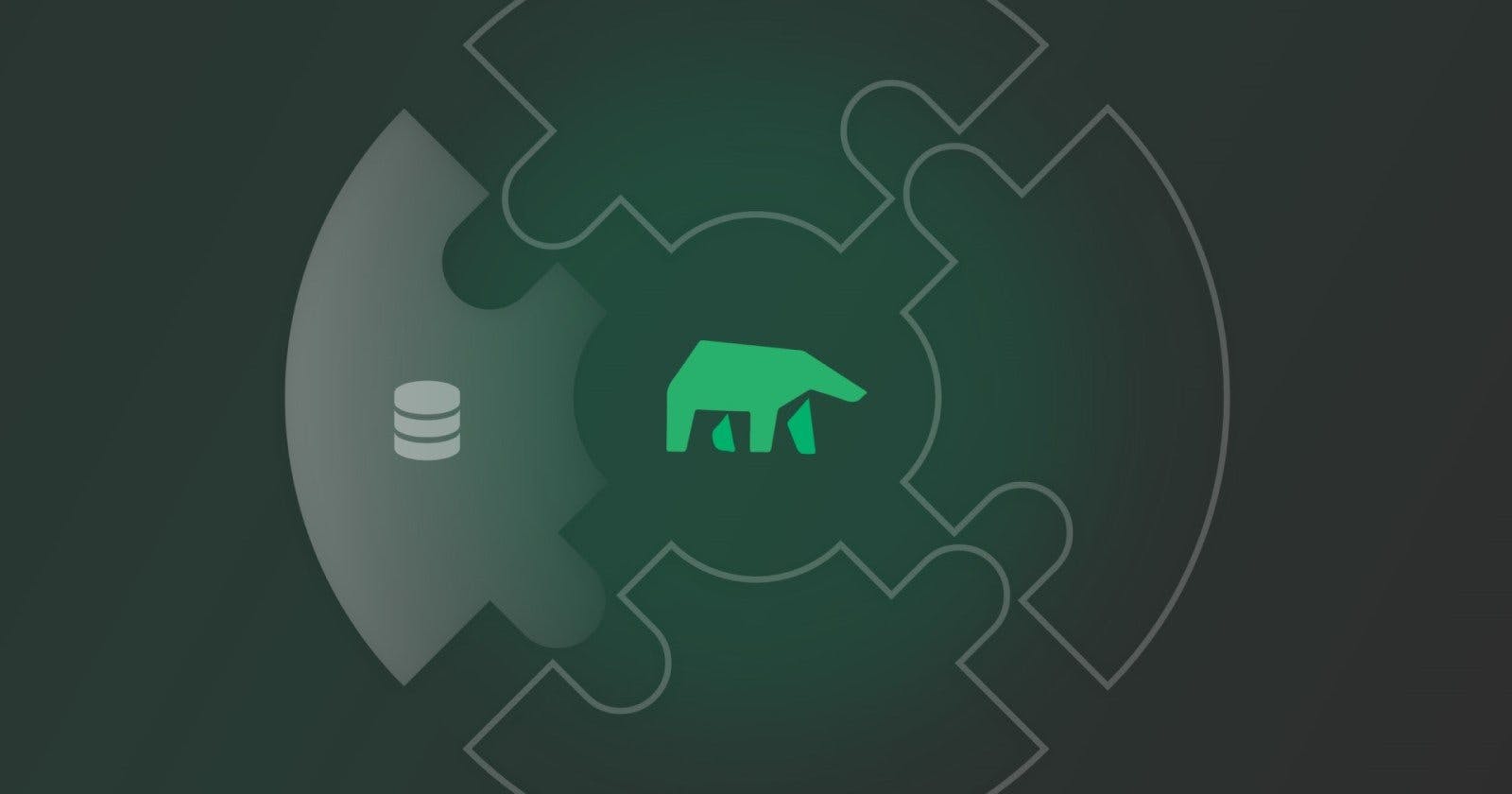How to Integrate Machine Learning to Drive Better Business Decisions

Organizations now generate massive amounts of data with the potential to provide actionable information. But without a way to leverage this data to drive decision-making, it won’t do your organization any good.
Machine learning plays a critical role in the intensive processing used to glean valuable information from big data. It’s a major reason why the demand for talented tech professionals experienced in AI remains as high as ever. However, organizations must take a proactive approach to properly leverage their own data.
With a more effective data-driven approach in mind, check out these insights on how to properly integrate machine learning into your company’s business decision making. Use this advice to truly take advantage of your own data. Expect a more competitive organization as a result.
Craft an Effective Data Acquisition Process

The efficacy of any machine learning model depends on the quality of data used to train it. A well-defined data acquisition process becomes essential in this scenario. For this purpose, the database tables fed into the model need to be populated with data that helps the model generate accurate predictions.
When first scoping the model requirements, experts with business domain knowledge and database skills need to define data types that are relevant to the model. Most organizations have far more data available to them than they are using due to data silos, unstructured data, and poor data acquisition processes. In fact, a recent IDC survey found organizations only collect 56% of data potentially available to them and of that data, only 57% was put to use.
If third-party data providers are necessary, set up careful evaluation processes as the quality of their data plays an important role in the accuracy of any predictions from the model. Objectively measure the quality of the data from each provider to ensure it meets the needs of the model. Running the model using different provider data while measuring the quality of the generated predictions ultimately helps vet each data provider.
In the end, when the model needs to be enhanced or modified, revisit these steps to ensure it still receives the necessary data for making accurate and relevant predictions. Once again, the quality of the machine learning model – and any subsequent business decisions using it – depends on the quality of its data.
Ensure the Data is Cleaned and Properly Labeled

Data cleaning and labeling are also critical when using machine learning for data-driven business decisions. With traditional machine learning projects, 80% of the time consumed is spent on data preparation and engineering tasks.
Of course, clean data helps ensure the effectiveness of any ML model used in the decision-making process. Overall data cleanliness needs to be a factor when comparing the data quality from various sources.
Any data cleansing process focuses on ensuring all data used in the model remains accurate, complete, and relevant to the underlying business case. Analysts can use a simple script or data cleansing software to assess data and ensure accuracy. This also helps ensure the different datasets fed into the model remain consistent.
Data labeling takes up a significant part of any machine learning project. In fact, a recent study noted that data cleansing and labeling account for 50% of the time spent on the entire initiative. However, this is time well-spent, as properly labeled data makes the entire model development process go more smoothly. Additionally, poorly labeled data might lead to inaccurate model results.
Using a fixed and limited set of labels helps ensure consistency, especially when multiple analysts are involved with the labeling effort. Make sure everyone takes a common approach to using white space, hyphens and other punctuation, in addition to case sensitivity. Ultimately, a focused labeling effort ensures the effectiveness of the model, while also helping business domain experts understand the data without technical assistance.
Optimizing Business Decision Making With Machine Learning
In the end, a robust data acquisition process along with clean and properly labeled data makes it easier to use machine learning to optimize any business decision-making process. Consider the fact that effective business decisions rely on an extraordinary amount of variables and other constraints.
The power of machine learning lies in providing the computing horsepower to parse through all that data; presenting decision makers with the accurate forecasts needed for better informed decisions. In fact, a decision optimization ML model can use those forecasts as an input to help with this process. Once a business decision is implemented, data from that effort can be fed back into those models, helping improve subsequent forecasts and the business decisions that follow.
Ultimately, this feedback loop aimed at continuous improvement lies at the heart of massive growth of machine learning throughout the business world. Simply stated, AI and machine learning help business leaders make better decisions, leading to a more productive and profitable organization.
For a limited time, you can try MindsDB to connect to data sources, train models, and run predictions in the cloud. Simply create an account here, it’s free (final pricing to be announced later this year), and our team is available on Slack and Github for feedback and support. Check it out and let us know what predictions you come up with.